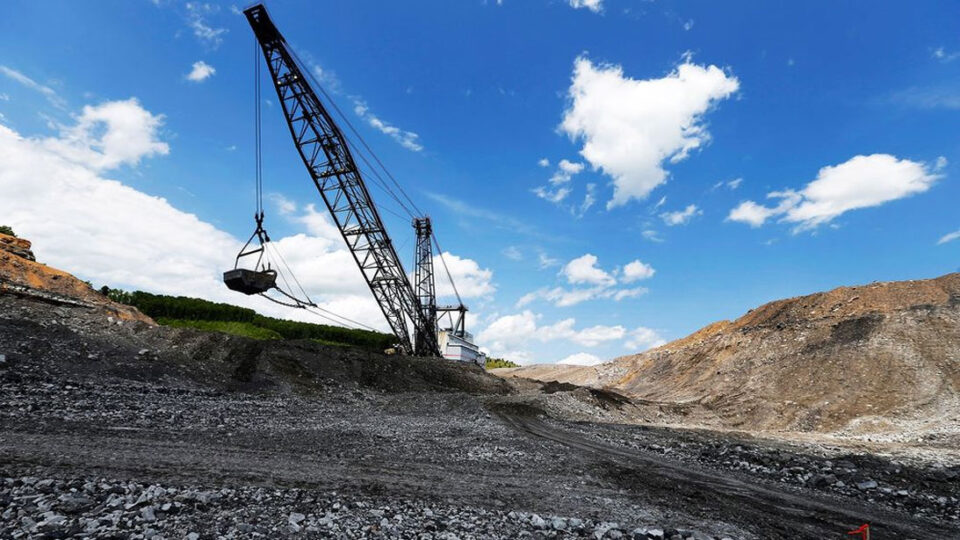HUBCO Calls EOGM to Approve $51 Million Investment in Thar Coal Power Projects
The Hub Power Company Limited (HUBCO) has announced an Extraordinary General Meeting (EOGM) scheduled for August 7, 2025, where shareholders will vote on two significant investment proposals totaling $51 million. These investments aim to support HUBCO’s ongoing commitments to coal-based power projects in Thar.
Two Key Investment Resolutions on the Agenda
At the upcoming EOGM, HUBCO will seek shareholder approval on:
-
Extension and Amendment of a $31 Million Guarantee
This guarantee supports Thar Energy Limited (TEL), a 330 MW mine-mouth coal power plant in which HUBCO holds a 60% stake. The standby letter of credit (SSC LC), initially approved in 2018 and revised in 2019, was designed to cover potential cost overruns, debt shortfalls, or project liabilities. The company now proposes to extend its validity until January 2034 or the maturity of TEL’s project loan, whichever comes later. -
New $20 Million Credit Support for ThalNova Power Thar (Pvt.) Limited (TN)
HUBCO is also proposing to issue a new SSC LC worth up to $20 million for ThalNova, another 330 MW coal-fired power plant. This facility would serve as a financial safety net for funding gaps or contractual liabilities and remain valid until July 2034 or loan maturity.
Continued Commitment to Energy Development
Through its subsidiary, Hub Power Holdings Limited (HPHL), HUBCO has already invested approximately $52 million in ThalNova. Notably, the company has reported no impairments or write-offs related to this investment so far.
Both projects fall under the 2015 Power Policy, offering an expected equity return of around 20% in USD, according to HUBCO’s official filings.
Strategic Focus on Energy Infrastructure
These planned financial commitments highlight HUBCO’s long-term strategy to support energy infrastructure development in Pakistan, especially in regions like Thar with significant untapped potential.
The outcome of the EOGM could play a key role in shaping the future of coal-based energy and foreign currency-denominated returns in the country’s evolving power sector landscape.

